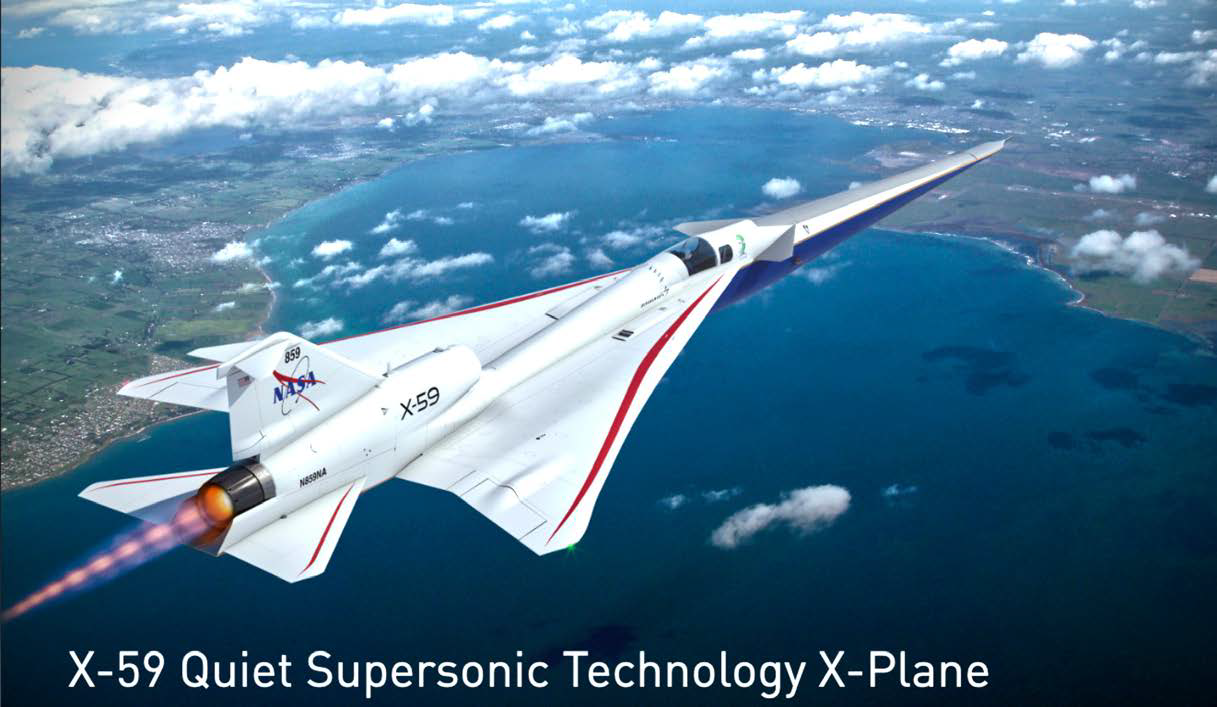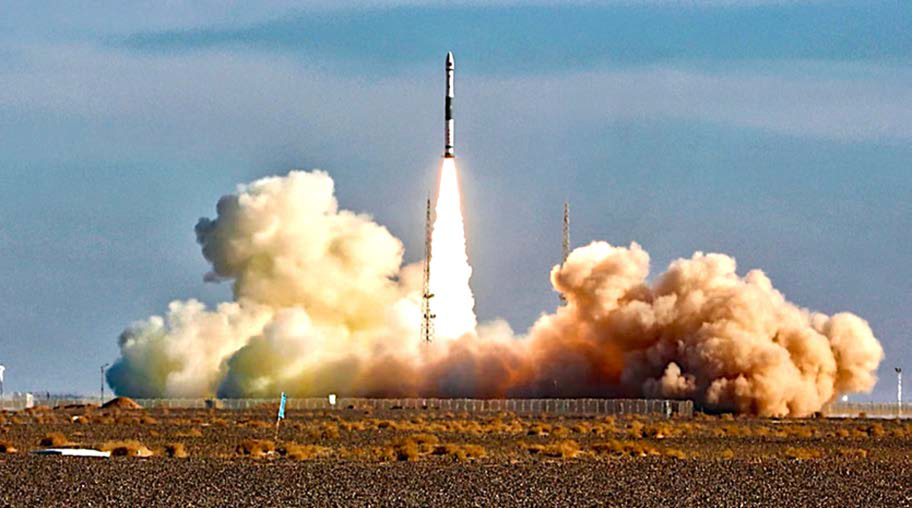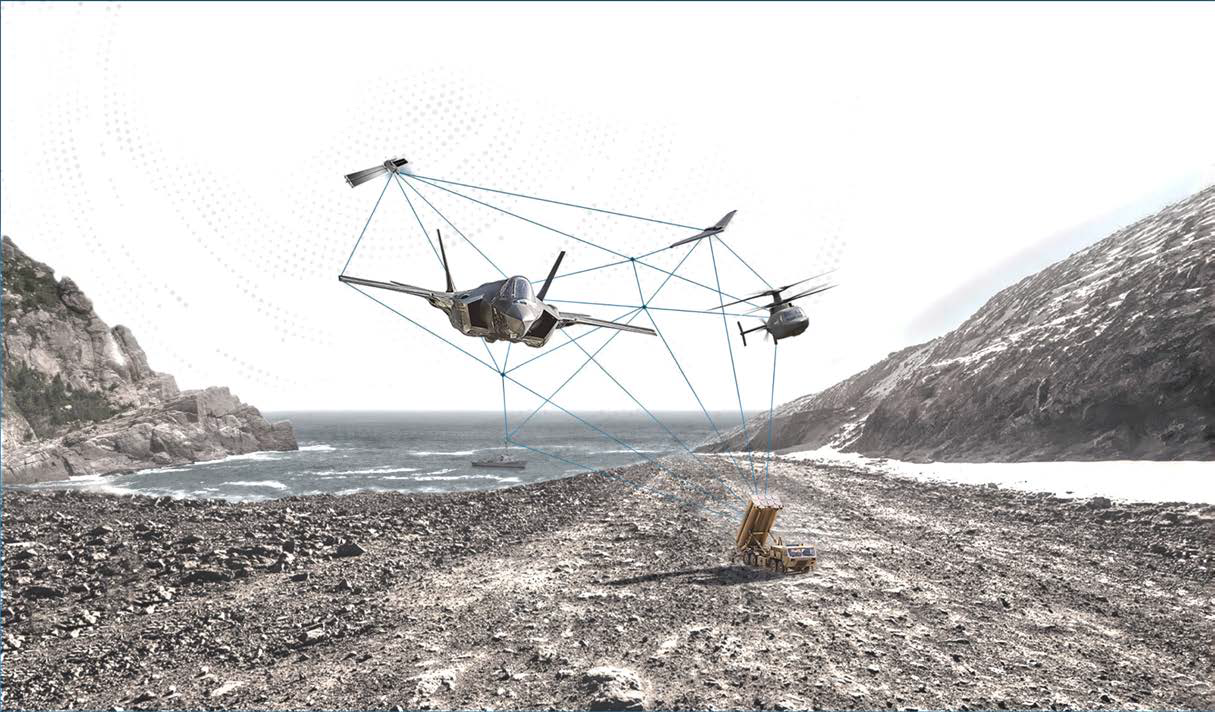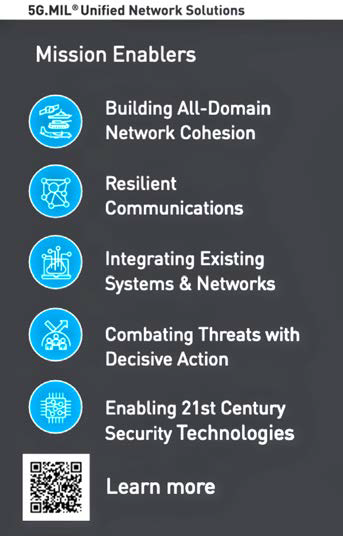Kratos + Rancher Government Solutions announce strategic partnership using the OpenSpace® software platform
Kratos Defense & Security Solutions, Inc. (Nasdaq: KTOS) and Rancher Government Solutions (RGS) have entered a strategic partnership to enable customers to seamlessly deploy and scale virtual ground systems using Kratos’ software-based OpenSpace® Platform.

With increasingly complex and dynamic SATCOM and EO missions, satellite operators and government agencies are transitioning from fixed and proprietary hardware to flexible and scalable generic compute-based cloud environments. This enables a virtualized and software-defined ground system like Kratos’ OpenSpace Platform to more cost effectively and securely support multiple missions simultaneously, deliver services faster and streamline operations.
Today, customers leverage a range of computing environments from bare metal, virtual machines to the cloud, making the deployment of software-based ground systems more complex and time consuming. Working together, Kratos and Rancher Government Solutions have enhanced the ability of the OpenSpace Platform, the first commercially available, fully virtualized and software-defined satellite ground system to be deployed more easily across customer environments.
By the nature of it being software-defined and containerized, the OpenSpace Platform is already much faster, and more flexible to deploy than traditional hardware-based satellite ground systems. As customer demands grow, the software-based OpenSpace Platform can reconfigure on the fly and deploy new services automatically and cost effectively in minutes. Software containers can be spun up and down and scaled on demand elastically using a single management interface from the Rancher Platform.
“With Rancher, the OpenSpace Platform deploys its virtual functions including modems, channelizers, combiners, and more, as Kubernetes-based containerized software applications that act as independent and portable computing environments that can run and scale on any infrastructure,” said Brandon Gulla, Chief Technology Officer at RGS.
“Rancher serves as the Kubernetes management technology that supports the OpenSpace Platform’s ability to automate the deployment, scaling, and management of our containerized workloads,” said Anthony Semiao, Chief Solutions Architect of the OpenSpace Platform.
Lockheed Martin Skunk Works rolls out the X-59 X-Plane
Lockheed Martin Skunk Works® (NYSE: LMT) rolled out the X-59, a unique experimental aircraft designed to quiet the sonic boom, at a ceremony in Palmdale, California. The ceremony marked a significant milestone in Lockheed Martin’s and NASA’s decades-long journey to solve one of the most persistent challenges of supersonic flight – the sonic boom.

“We’re thrilled to take on this challenge alongside NASA, whose quiet supersonic technology mission will have lasting, transformational impacts for people around the world,” said John Clark, vice president and general manager, Lockheed Martin Skunk Works. “This project is just one example of the broader ingenuity of our industry as we continually strive to push the envelope of what’s possible.”
Rollout ceremonies are a long-standing aviation tradition, and in the case of the X-59, it celebrated technical advancements, collaboration and innovation that stemmed from years of research, development and production of a one-of-a-kind technology demonstrator aircraft that will reduce the loudness of sonic booms to a gentle thump.
“The entire X-59 team leaned into the expertise of both legendary organizations, NASA and Lockheed Martin, to ensure success for this program. I am extremely proud of everyone who made this historic moment possible,” said Greg Ulmer, executive vice president, Lockheed Martin Aeronautics.

Next, the aircraft will complete ground tests including engine-run and taxi tests before its next major milestone, first flight, later this year. After the aircraft is validated in initial flight tests, it will move into the acoustic testing phase.
This phase will include flights over populated areas to provide U.S. and international regulators with statistically valid data required to help approve new rules that could allow quiet commercial supersonic flight over land. This would cut commercial flight times to half of what they are today, transforming travel for people around the world.
For additional information, visit this direct link...
DoD releases their first-ever National Defense Industrial Strategy
The Department of Defense has released the organization’s inaugural National Defense Industrial Strategy (NDIS) which will guide the Department’s engagement, policy development, and investment in the industrial base over the next three to five years.

Taking its lead from the National Defense Strategy (NDS), this strategy will catalyze generational change from the existing defense industrial base to a more robust, resilient, and dynamic modernized defense industrial ecosystem.
“The current and future strategic environment demands immediate, comprehensive, and decisive action to strengthen and modernize our defense industrial base ecosystem so it delivers at speed and scale for our warfighters,” Deputy Secretary of Defense Kathleen Hicks said. “DoD’s first-ever National Defense Industrial Strategy will help ensure we build the modern defense industrial and innovation ecosystem that’s required to defend America, our allies and partners, and our interests in the 21st century.”
“We are proud to release this ground-breaking strategy,” said Dr. William A. LaPlante, Under Secretary of Defense for Acquisition and Sustainment, added. “The NDIS recognizes that America’s economic security and national security are mutually reinforcing and, ultimately the nation’s military strength cannot be untethered from our overall industrial strength. We must act now to build on recent progress and ensure we have the capacity to produce at speed and scale.”
While the NDS identifies risk to the industrial base, it also guides the Department to solutions. Recognizing that the defense industrial base must provide the required capabilities at the speed and scale necessary for the U.S. military to engage and prevail in a near-peer conflict, the NDIS strategy calls out challenges, solutions, and risks of failure concisely.
The strategy offers a strategic vision and path along four strategic priorities: resilient supply chains, workforce readiness, flexible acquisition, and economic deterrence. This proposed pathway to modernize the defense industrial ecosystem also recognizes that this effort cannot be a Department of Defense-only solution, repeatedly emphasizing cooperation and coordination between the entire U.S. government, private industry, and international allies and partners.
The full NDIS and a fact sheet are available at this direct link...
The Tianxing-1 02 satellite is launched by China
China successfully launched the Tianxing-1 02 satellite into space atop the Kuaizhou-1A carrier rocket on Thursday, January 11.

The rocket blasted off from the Jiuquan Satellite Launch Center in northwest China’s Gobi Desert at 11:52 a.m., Beijing Time.
The satellite entered the pre-determined orbit and the launch mission was a complete success.
Tianxing-102 is stated to be used mainly to carry out experiments, such as space environment detection.
This mission is the 26th flight of the Kuaizhou-1A carrier rocket.
ExPace is a Chinese space rocket company based in Wuhan, Hubei, China, and is a wholly owned subsidiary of missileer China Aerospace Science and Industry Corporation (CASIC), a Chinese state-owned company, and serves as its commercial rocket division.
ExPace is focused on smallsat launches.
Lockheed Martin brings advanced comms out of the lab and into the field
For the first time, Lockheed Martin demo’d its Hybrid 5G-Tactical Mesh Network live in a multi-domain environment. This is a significant step toward ensuring the Department of Defense (DoD) has seamless access to critical information.

Working with leading commercial technology companies, Lockheed Martin proved the integration of existing technologies with enhanced capabilities that provide superior advanced communications operations and management tools for military applications.
The 5G.MIL® Unified Network Solutions (UNS) were successfully tested across numerous mission simulations to establish stability and suitability for use in Joint All-Domain Operations (JADO) and Combined Joint All-Domain Command and Control (CJADC2).
The resilient 5G.MIL UNS tactical mesh network and Lockheed Martin’s AI Factory machine learning operations platform were critical to successfully deploying these AI-based capabilities.
In this demo, Lockheed Martin’s 5G.MIL UNS performed as a tactical and commercial multi-node hybrid network for land, air and space domains— demonstrating system capabilities, performance and operations for customers in a field setting—and achieving Technology Readiness Level (TRL) 6+, meaning it is a fully functional prototype model.

The deployed hybrid network included five hybrid base stations with 5G, tactical datalinks and space backhaul. Fifteen individual capabilities were demonstrated across mission scenarios, covering interoperability, resilience, security and operations.
This exercise provided an opportunity to stress test the maturity and resilience of the independent hybrid network in a mission relevant scenario.
Lockheed Martin’s solutions deploy, orchestrate and manage enhanced commercially available technologies from multiple embedded collaborators, including:
• Intel’s FlexRAN™ reference software and processor capabilities
• Verizon’s adapted Mobile Onsite Network-as-a-Service (NaaS) solution and Single Pane of Glass (SPoG) Network Management tool
• Microsoft’s Azure Orbital Cloud Access (AOCA), Microsoft’s solution for cloud-to-edge via SATCOM, and Azure Government cloud environment at Impact Level 4 (IL4)
• Juniper Networks’ Session Smart Router (SSR) technology and the 5G Radio Access Network (RAN) Intelligent Controller (RIC)
• Keysight’s RF planning, configuration and optimization tools
• Radisys’ End-to-end 5G Network Software

